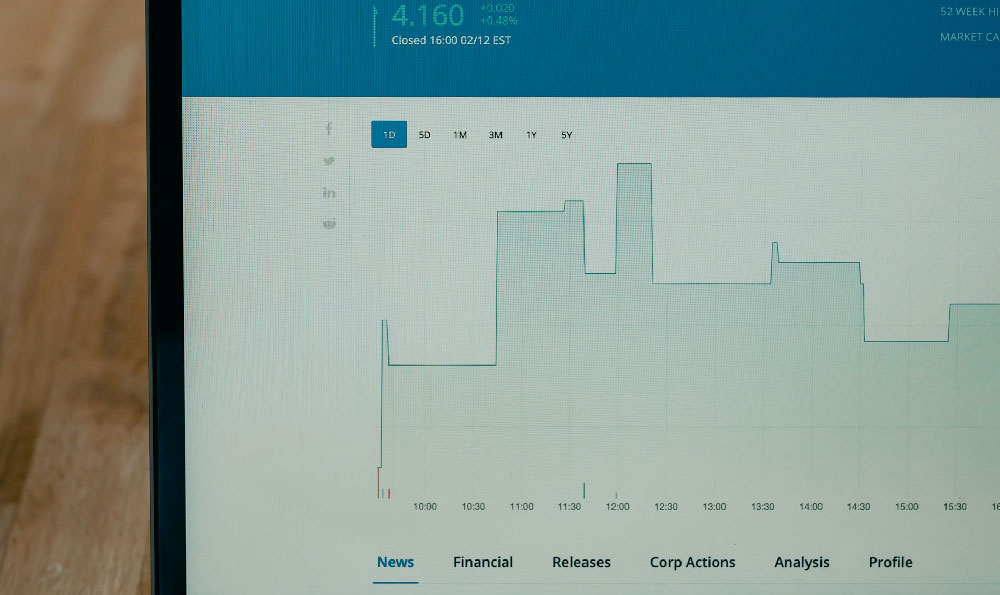Let's dissect the financial success of the Deadpool franchise, focusing on its earnings and box office revenue. It's not simply about adding up the ticket sales; understanding the profitability of a film like Deadpool requires a deeper dive into production costs, marketing expenses, and revenue distribution agreements.
Deadpool's initial box office performance was a phenomenal surprise. Released in 2016, it shattered expectations for an R-rated superhero film. Globally, it grossed over $783 million against a relatively modest production budget of $58 million. This immediately established Deadpool as a significant financial asset for 20th Century Fox (now owned by Disney). The domestic box office (United States and Canada) accounted for a significant portion of that total, bringing in over $363 million. Internationally, the film resonated with audiences worldwide, contributing significantly to its impressive total.
The sequel, Deadpool 2, released in 2018, built upon this success. While the production budget increased to approximately $110 million, reflecting the larger scale of the film and the inclusion of more visual effects, the box office results justified the investment. Deadpool 2 earned over $785 million worldwide, slightly edging out the first film. Domestically, it grossed over $324 million, and internationally, it once again proved its global appeal, raking in substantial revenue.

However, the gross box office revenue doesn't equate directly to the studio's profit. Several factors affect the final earnings. Firstly, distribution fees play a crucial role. Studios typically retain around 50% of the domestic box office revenue and a varying percentage of the international revenue, depending on the distribution agreements with different countries and territories. The remainder goes to the cinemas.
Secondly, marketing and advertising expenses are a significant consideration. A film like Deadpool requires extensive marketing campaigns to create awareness and generate buzz. These campaigns involve television commercials, online advertising, print ads, billboards, and more. Marketing costs can often rival the production budget itself, significantly impacting the overall profitability. For Deadpool, estimates suggest that marketing and distribution costs could have been in the range of $100 million or more for each film.
Thirdly, profit participation deals with key talent, such as Ryan Reynolds (who not only starred in but also produced both films), directors, and other actors, must be factored in. These agreements often stipulate that these individuals receive a percentage of the film's profits. These percentages can vary greatly depending on the individual's leverage and the terms of their contracts. Ryan Reynolds, in particular, is reported to have received a substantial profit share from both Deadpool films, reflecting his integral role in the franchise's success.
Taking all these factors into account, estimating Deadpool's net profit requires more than just looking at box office revenue. Industry analysts estimate that the first Deadpool film generated a net profit of around $300 million to $400 million for 20th Century Fox after accounting for all expenses. Deadpool 2, with its higher budget and marketing costs, likely yielded a slightly lower net profit, estimated to be in the range of $250 million to $350 million. These are, of course, estimations, as the precise financial details are typically not publicly disclosed.
Beyond direct box office revenue and profit, the Deadpool franchise has also generated significant revenue through ancillary streams, including home video sales (DVD, Blu-ray, and digital downloads), streaming rights, television rights, merchandise sales (action figures, clothing, etc.), and licensing agreements. These revenue streams contribute substantially to the overall financial success of the franchise and further solidify its value as an intellectual property.
The success of Deadpool also had a significant impact on the perception of R-rated superhero films. It demonstrated that audiences were willing to embrace a more mature and unconventional approach to the genre, paving the way for other R-rated superhero films like Logan to achieve commercial success. This shift in perception opened up new creative possibilities for filmmakers and allowed for a broader range of superhero stories to be told.
In conclusion, while pinpointing the exact earnings of Deadpool and Deadpool 2 is challenging due to the complexities of film accounting and revenue distribution, it's clear that both films were incredibly profitable ventures. They generated hundreds of millions of dollars in net profit for 20th Century Fox, significantly boosted by ancillary revenue streams and contributing to a broader shift in the superhero film landscape. The figures readily available focus on the box office revenue, which gives an indication of the film’s popularity, but the key metric to understand profitability requires a more granular analysis of expenses and revenue splits. The success story is rooted in a relatively low production budget coupled with effective marketing, resonating character, and strong performance at the box office globally.












